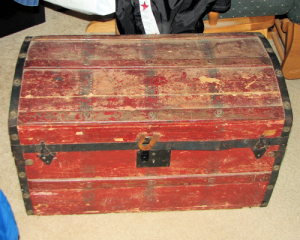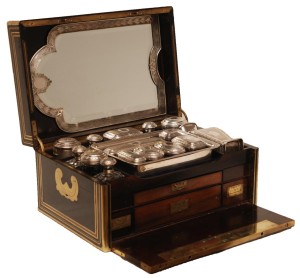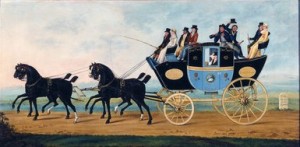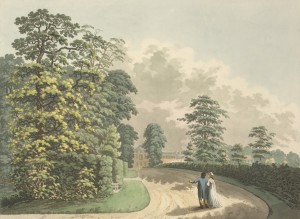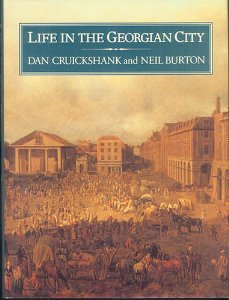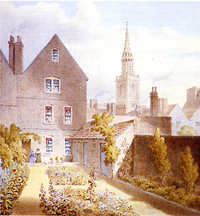I’m back from RWA, all bone-weary and brain-dead, but also rejuvenated and ready to conquer everything about the Romance writing world. I did have a lovely time.
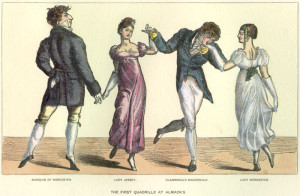 Before the RWA conference, though, there was the Beau Monde conference. The Beau Monde is the Regency chapter of Romance Writers of America and they had a one day conference before the big conference. It is a great time to reconnect with writing friends who love the Regency as much as I do.
Before the RWA conference, though, there was the Beau Monde conference. The Beau Monde is the Regency chapter of Romance Writers of America and they had a one day conference before the big conference. It is a great time to reconnect with writing friends who love the Regency as much as I do.
Big thanks to Isobel Carr who made the Beau Monde published authors little pins of their latest bookcovers. I wore mine proudly the whole week–until I lost it the last day (sniff!!).
Every one of the workshops I attended at the Beau Monde conference was terrific.
The first was by our very own Risky Susanna Fraser who spoke on Your Hero’s Military History: Beyond Trafalgar and Waterloo. Susanna’s love of the Napoleonic War and its heroes equals (or maybe even exceeds) mine and she did a beautiful job of making a huge topic understandable and useful. Plus in her handouts she provided a fabulous set of timelines.
The next workshop I attended was A Quack or Dr. House by Sharon Lathan, RN, which made the different professions in Regency Medicine much clearer. Now I know the difference between a physician, a surgeon, an accoucheur (midwife) and an apothecary.
The afternoon began with Louisa Cornell, who is such a loyal friend of Risky Regencies. Louisa’s topic was A Great Proficient, about the performance of music in the Regency, especially what a proper lady or gentleman might do. One of the fascinating things about her topic was how similar music became popular then as it does in modern times. One heard music performed, say at Vauxhall Gardens, then ran to the lending library or music shop to get the broadsheet so it could be played at home. The real delight of this workshop, though, was getting to hear Louisa sing. I’ve known for years that she was once a professional opera singer who performed all over Europe, but I’d never before heard her sing!
Last workshop I attended was by our very own Risky, Janet, who talked about The Jewish and Black Communities of Georgian London. I won’t say too much about this one in case Janet wants to expand upon the topic for the blog, but she showed the stereotypes portrayed and some of the ways these groups were assimilated and accepted beyond stereotypic expectations. I will say that Janet was her usual very entertaining self and just listening to her was a pleasure!
The workshops I didn’t get to see were Regina Scott‘s What is So Grand About A Grand Tour, Historical Accuracy: When To Worry And When To Fudge with Anne Cleeland, Jade Lee, and Elizabeth Hoyt, and Ashlyn Macnamara‘s How To Play Whist. But I have the conference tapes so I can catch up on those later!
Later that evening we had the Beau Monde Soiree with Regency dancing. I love this part of the conference because so many of the members dress in Regency dress. I didn’t this year, but wore a long “Regency-esque” dress. One lovely part of the Soiree is that the Mills and Boon editors from the UK (Amanda’s and my editors) always attend. It just seems fitting that they should!
Of course I have NO PHOTOS. I’m terrible at remembering to take pictures until it is too late!
For more on the RWA conference-according-to-Diane, see my blog on Thursday.
If you attended the Beau Monde conference, what was your favorite part. If not, which of these workshop titles most appeals to you?

